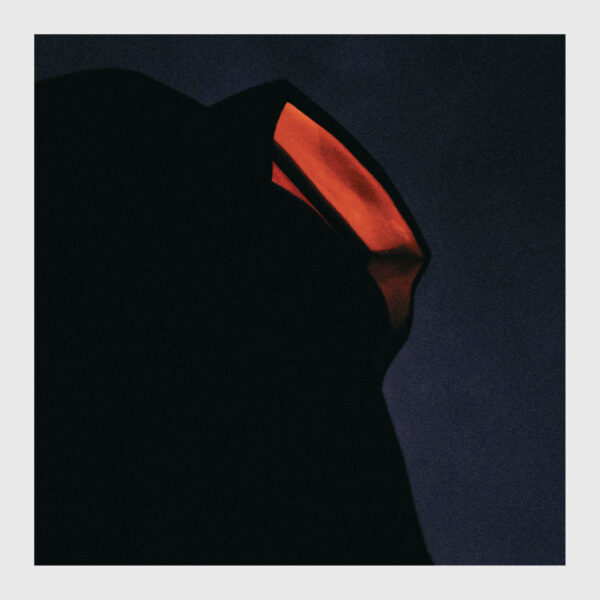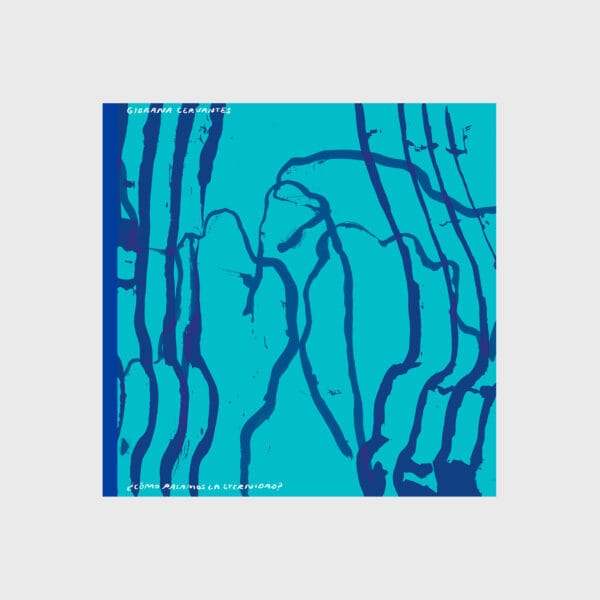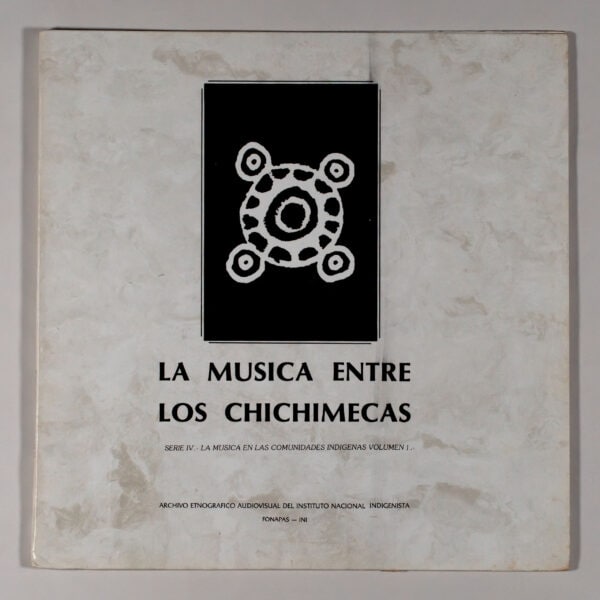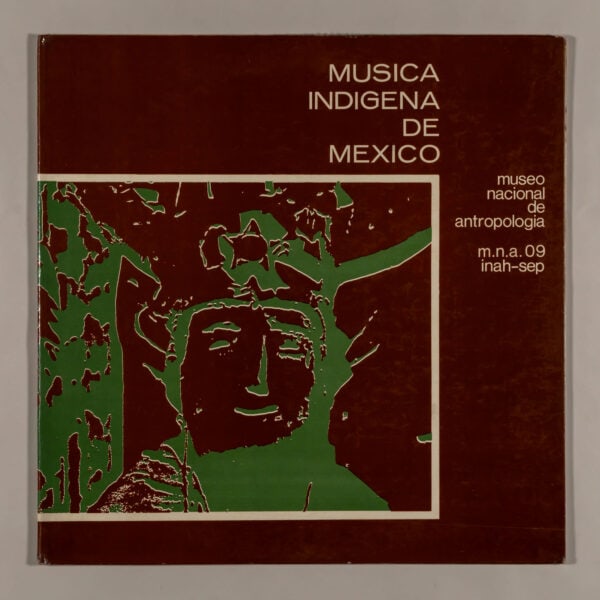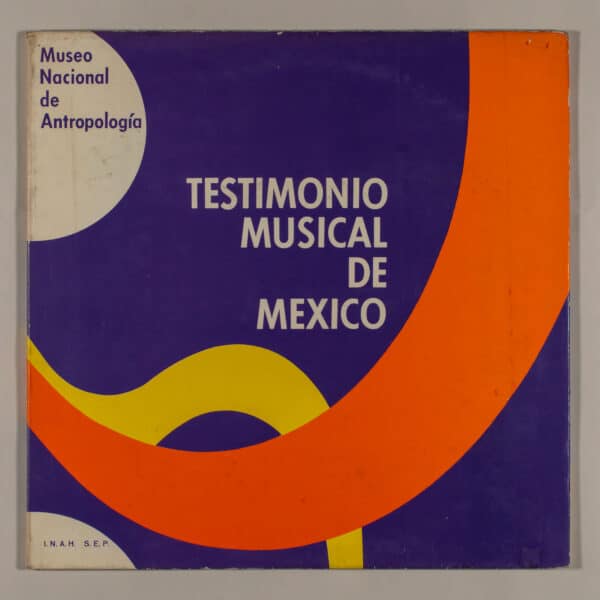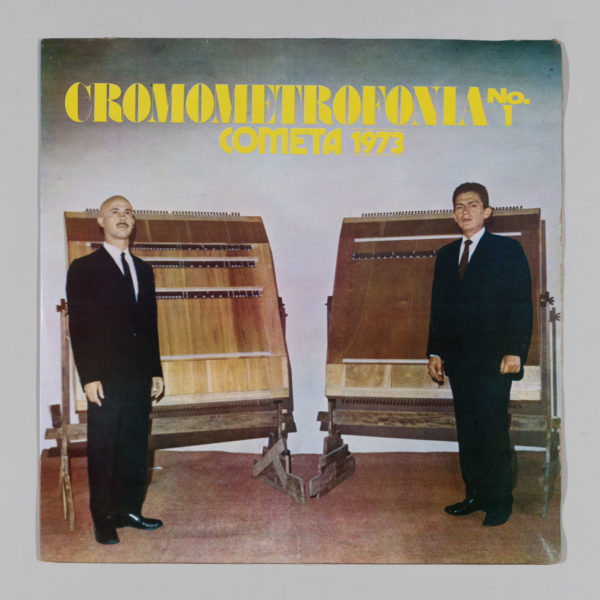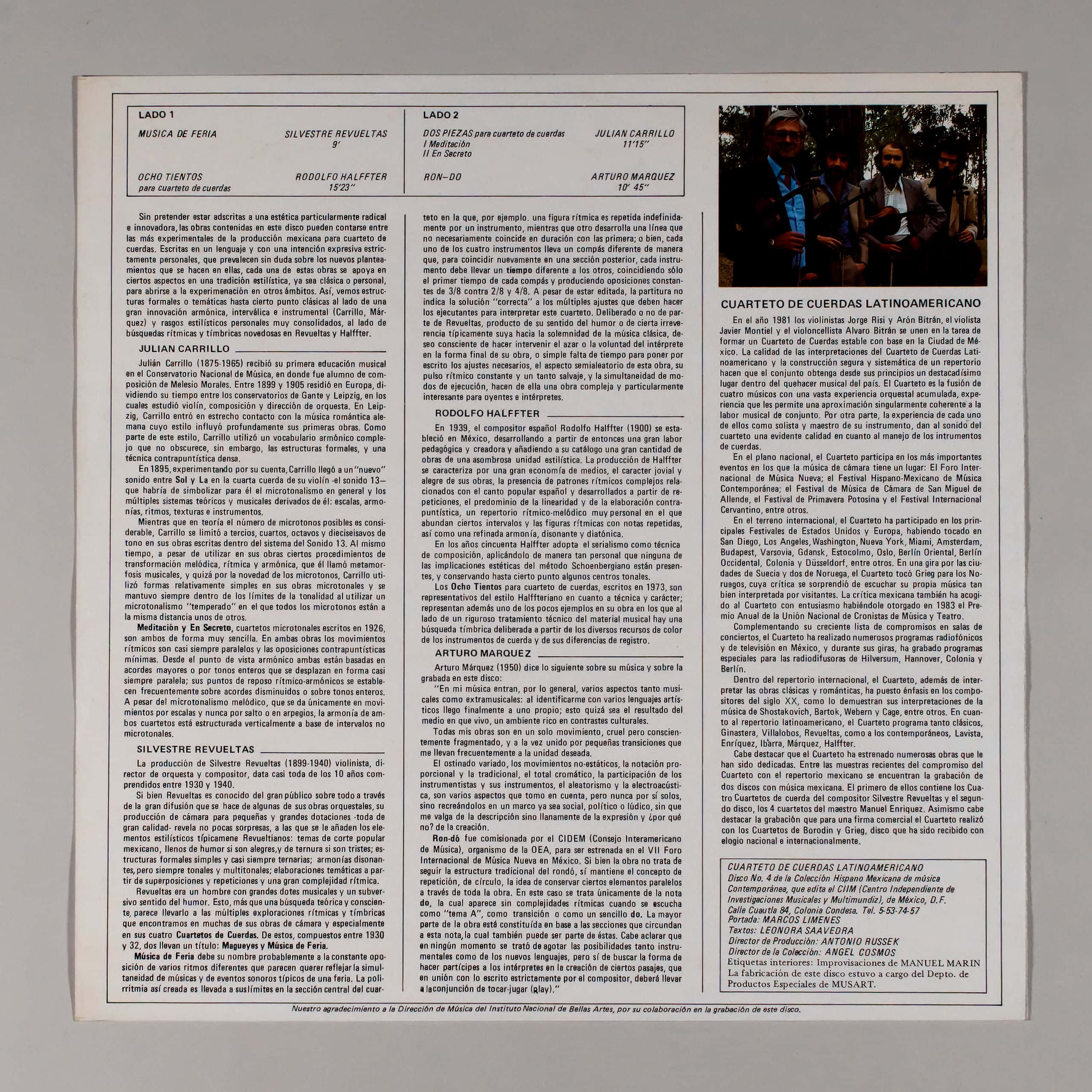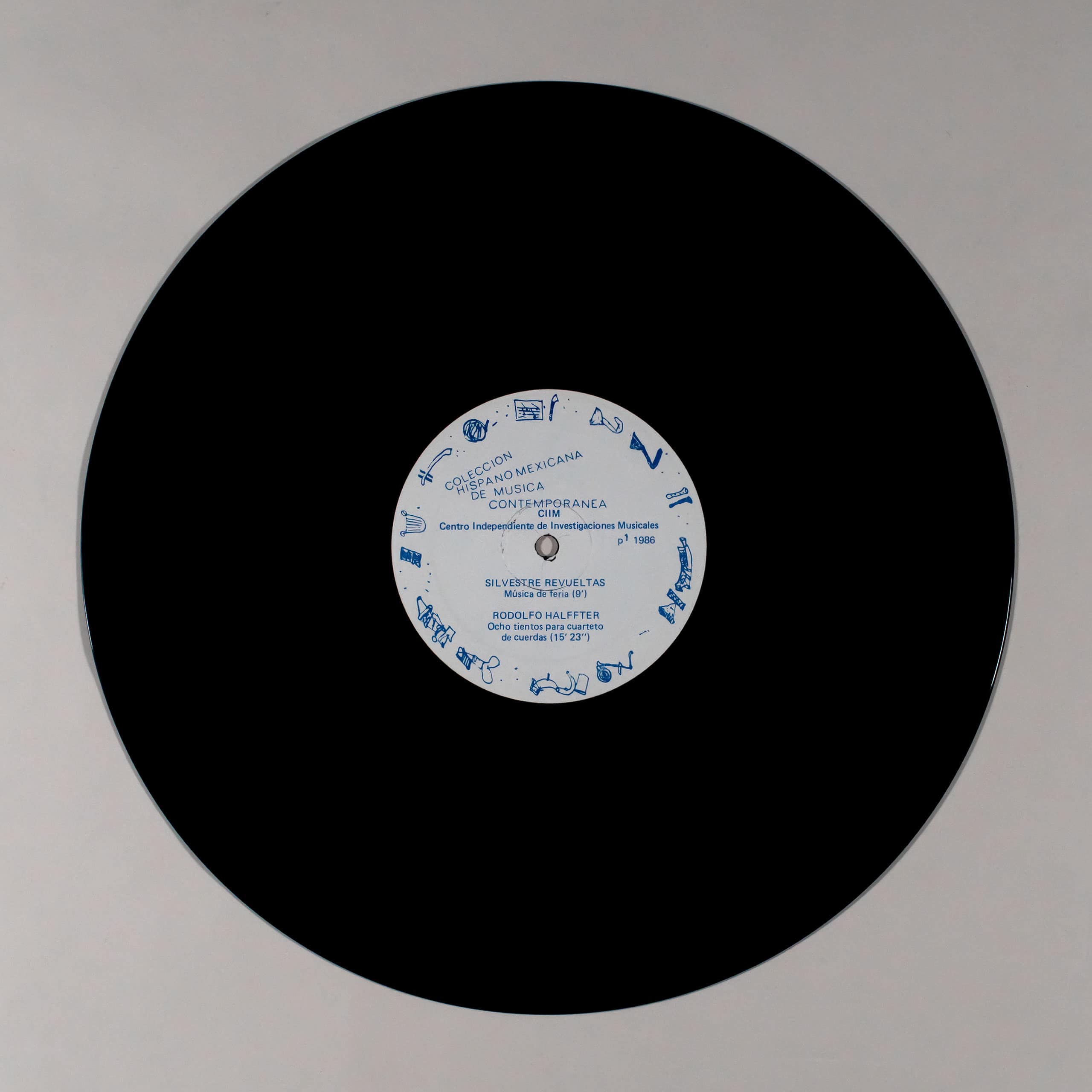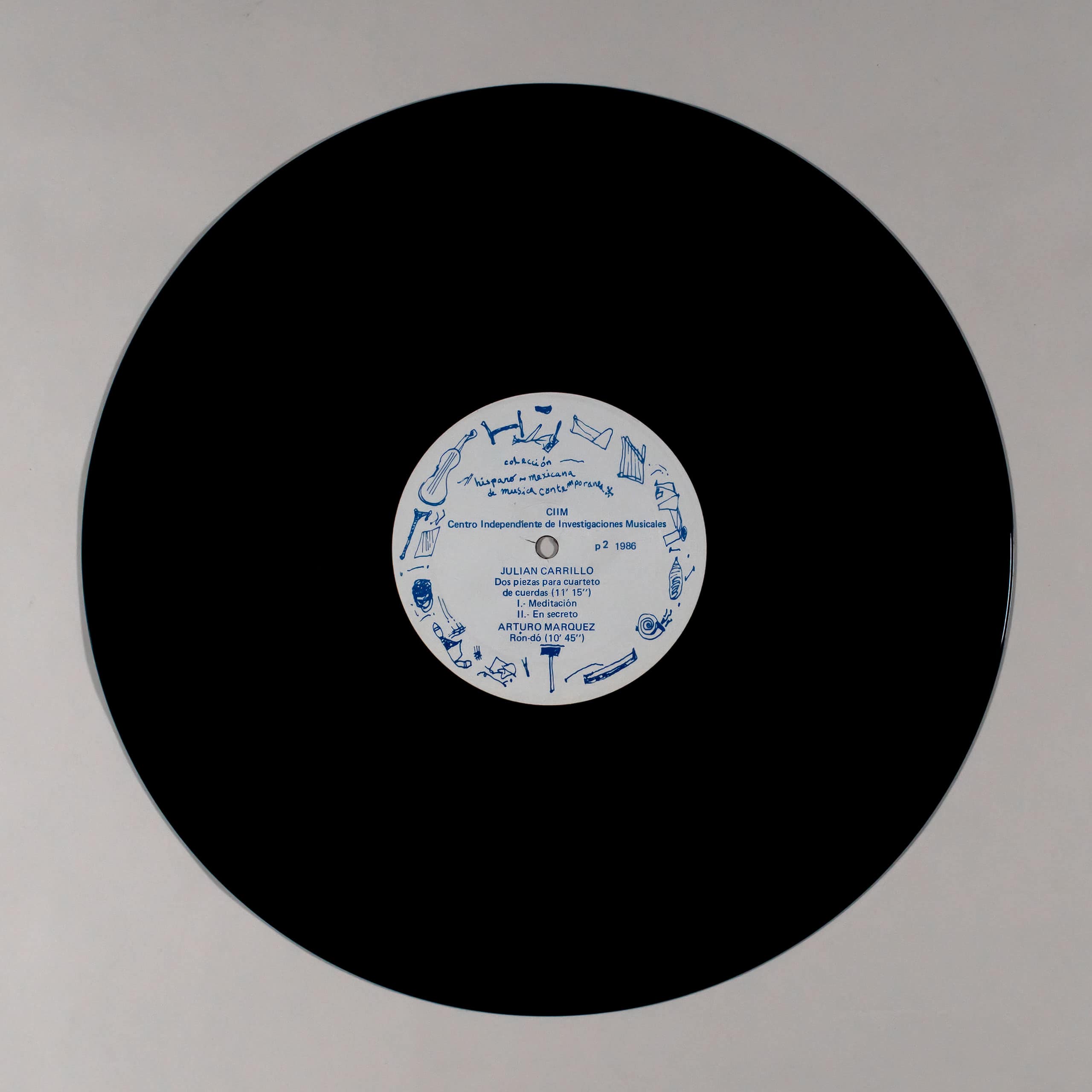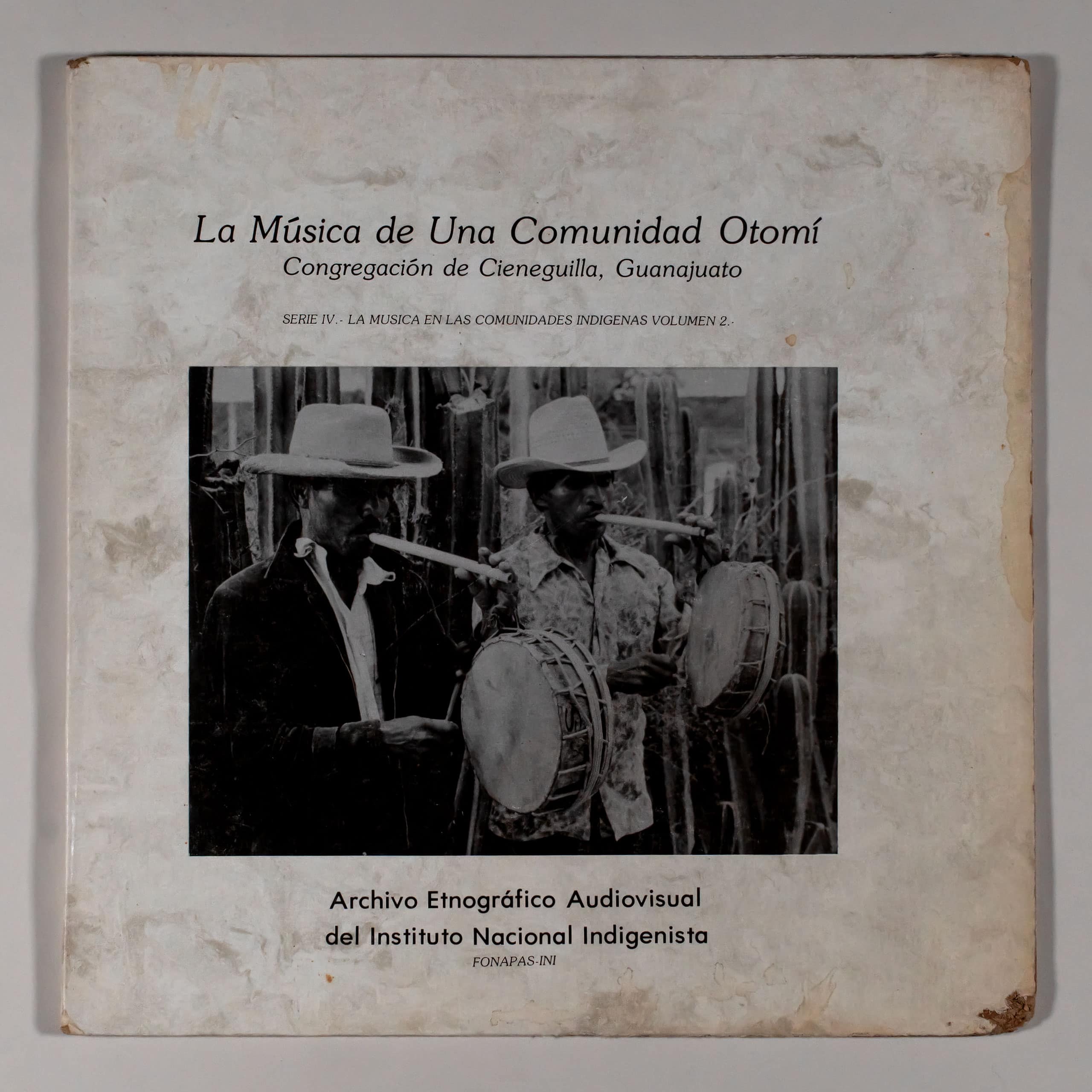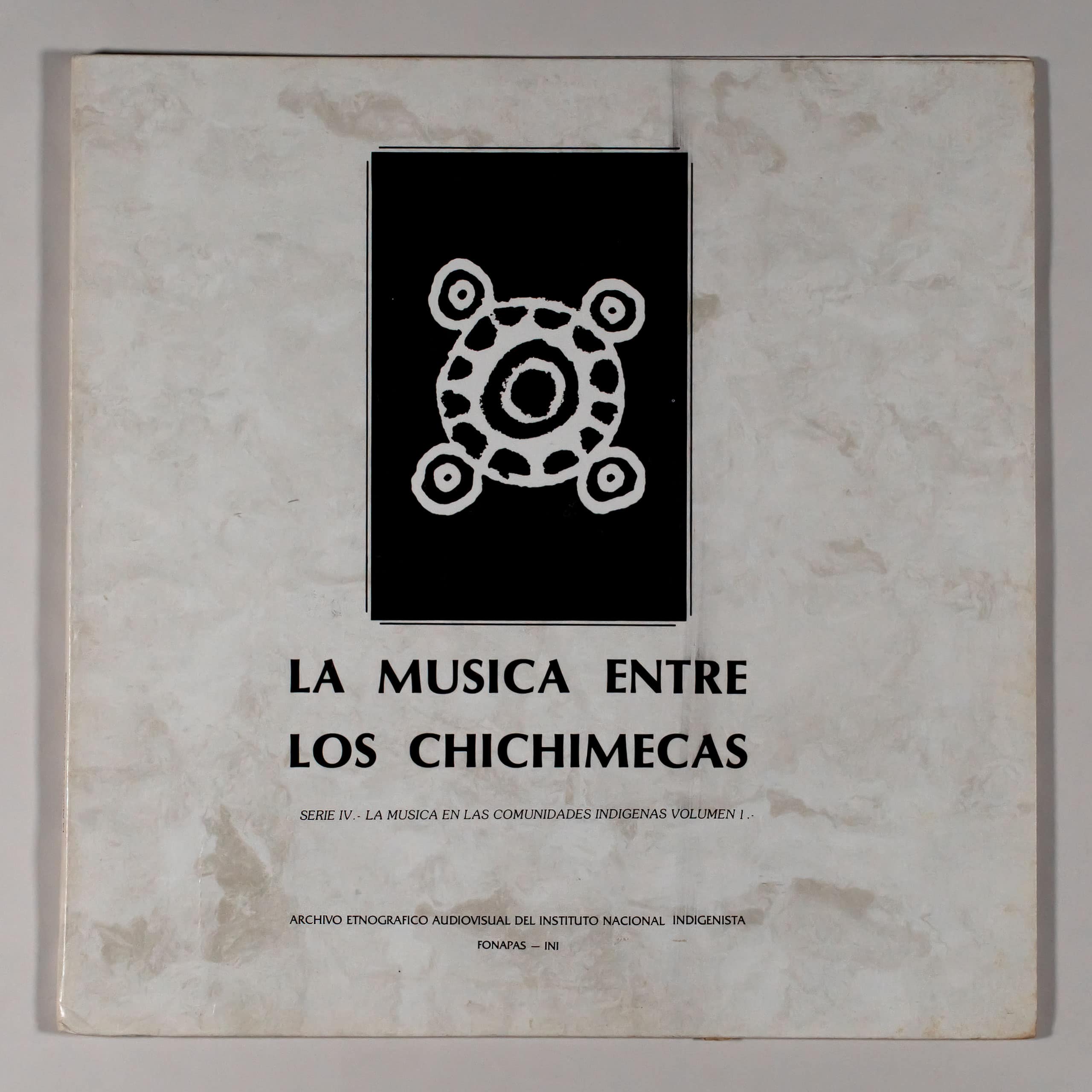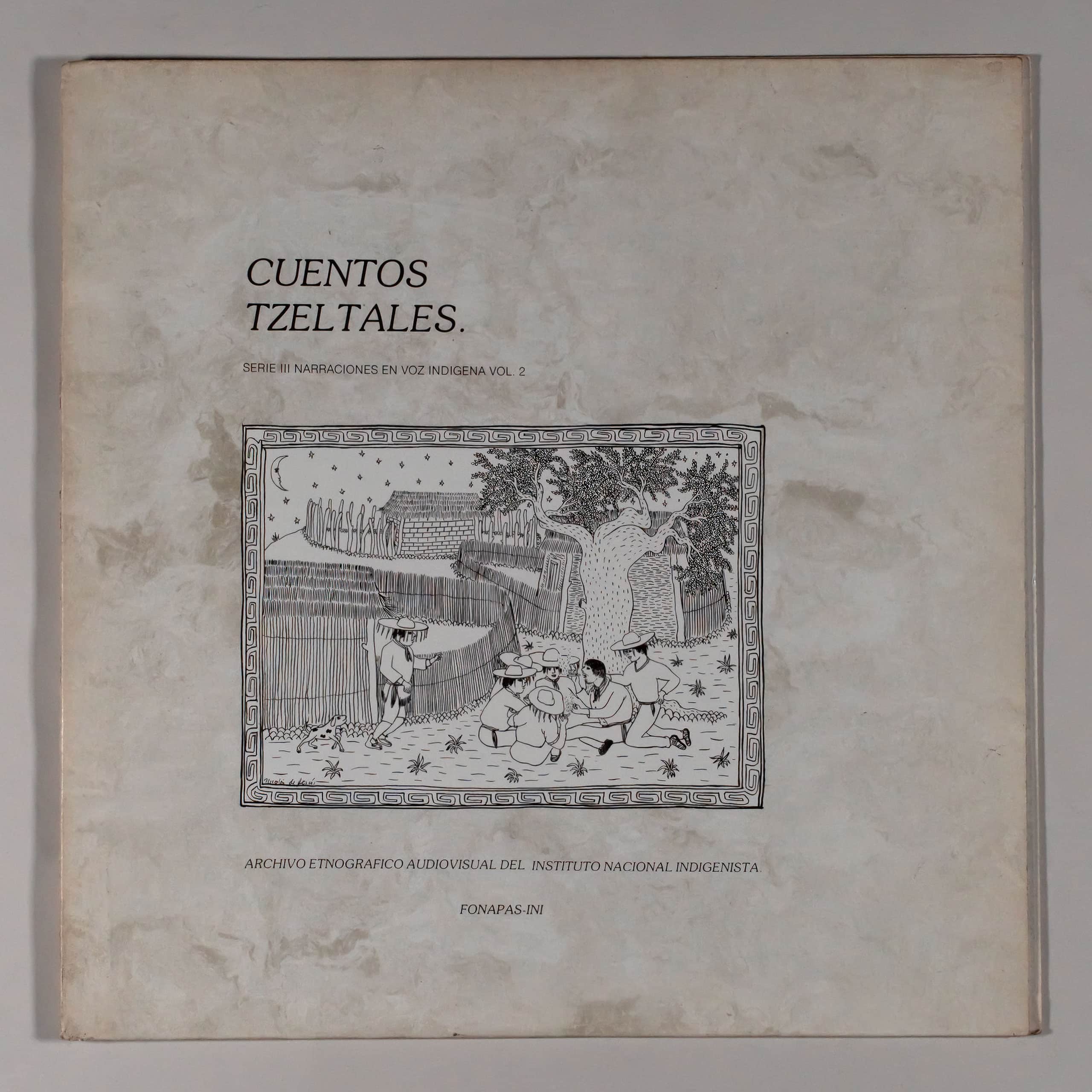LATIN AMERICAN STRING QUARTET
Silvestre Revueltas, Rodolfo Halffter, Julián Carrillo & Arturo Márquez
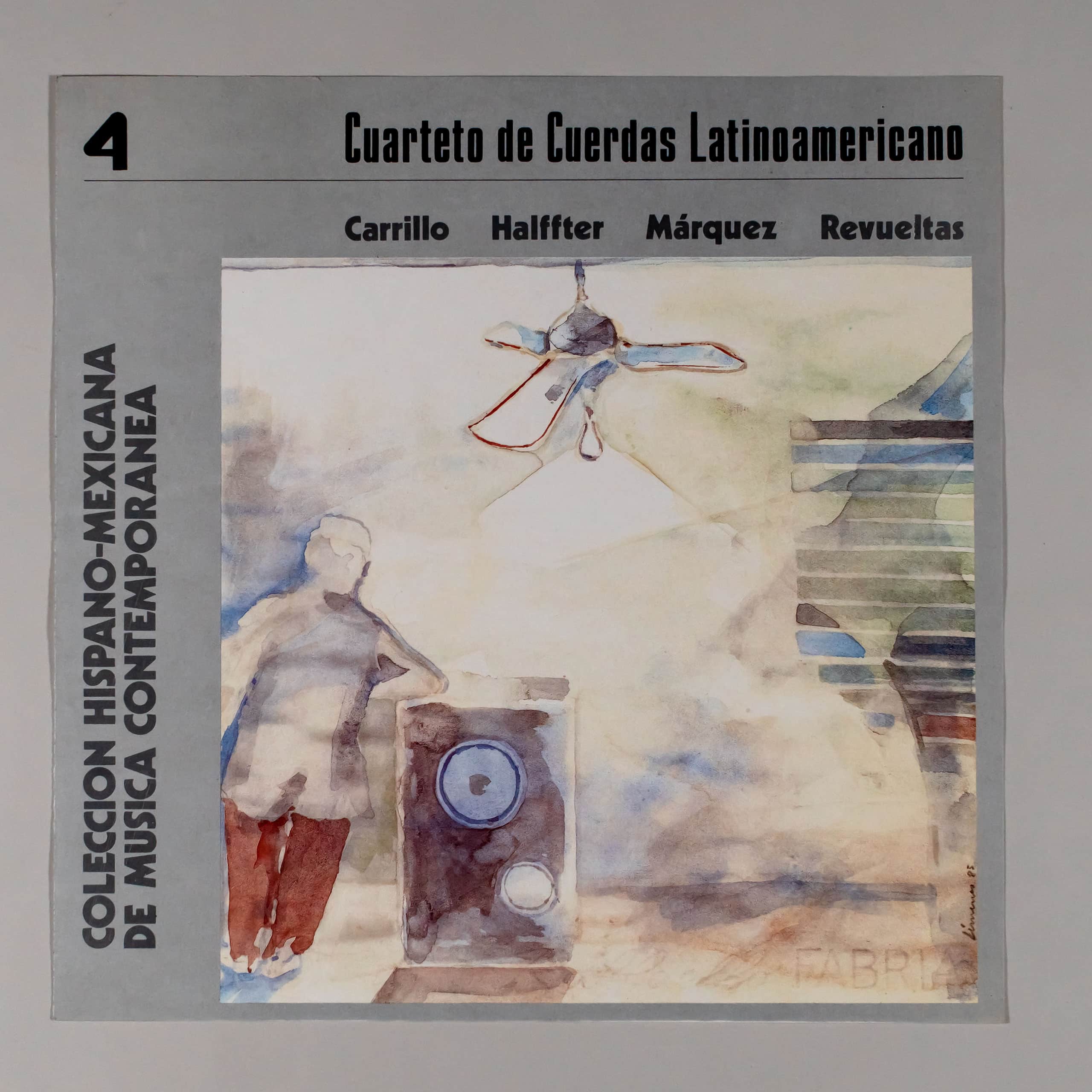
|
Format: Vinyl LP 12" 33 1/3 rpm Released: 1986 |
Country: Mexico Genre: Classical Contemporary |
Info:
HISPANO-MEXICAN CONTEMPORARY MUSIC COLLECTION 4
LATIN AMERICAN STRING QUARTET
Carrillo Halffter Marquez Revueltas
SIDE 1
FAIR MUSIC
SILVESTRE REVUELTAS
9′
EIGHT TENT
for string quartet
RODOLFO HALFFTER
15’23”
SIDE 2
TWO PIECES
for string quartet
I Meditation
II In secret
JULIAN CARRILLO
11’15”
RON-DO
ARTURO MARQUEZ
10′ 45″
Without pretending to adhere to a particularly radical and innovative aesthetic, the works contained in this album can be counted among the most experimental of Mexican production for string quartet. Written in a strictly personal language and expressive intention, which undoubtedly prevails over the new approaches that are made in them, each of these works is based in certain aspects on a stylistic tradition, whether classical or personal, to open up to experimentation in other fields. Thus, we see formal or thematic structures that are classical to a certain extent alongside great harmonic, intervallic and instrumental innovation (Carrillo, Márquez) and highly consolidated personal stylistic traits, alongside novel rhythmic and timbre searches in Revueltas and Halffter.
JULIAN CARRILLO
Julian Carrillo (1875-1965) received his first musical education at the National Conservatory of Music, where he was a composition student of Melesio Morales. Between 1899 and 1905 he resided in Europe, dividing his time between the Ghent and Leipzig conservatories, where he studied violin, composition and conducting. In Leipzig, Carrillo came into close contact with German romantic music whose style profoundly influenced his early works. As part of this style, Carrillo used a complex harmonic vocabulary that does not, however, obscure the formal structures, and a dense contrapuntal technique.
In 1895, experimenting on his own, Carrillo arrived at a “new” sound between Sol and A on the fourth string of his violin – the sound 13 – which was to symbolize for him microtonalism in general and the many theoretical and musical systems derived from it. of him: scales, harmonies, rhythms, textures and instruments.
While in theory the number of possible microtones is considerable, Carrillo limited himself to thirds, fourths, eighths, and sixteenths of a tone in his works written within the Sound 13 system. At the same time, despite using in his works certain procedures of melodic, rhythmic and harmonic transformation, which he called musical metamorphoses, and perhaps because of the novelty of microtones, Carrillo used relatively simple forms in his microtonal works and always kept within the limits of tonality by using a “tempered” microtonalism in where all microtones are the same distance from each other.
Meditation and In Secret, microtonal quatrains written in 1926, are both very simple in form. In both works the rhythmic movements are almost always parallel and the contrapuntal oppositions minimal. From the harmonic point of view, both are based on major chords or whole tones that move almost always parallel; its rhythmic-harmonic rest points are frequently established on diminished chords or on whole tones. Despite the melodic microtonalism, which occurs only in scale movements and never in jumps or arpeggios, the harmony of both quartets is vertically structured based on non-microtonal intervals.
SILVESTRE REVUELTAS
The production of Silvestre Revueltas (1899-1940), violinist, conductor and composer, dates almost entirely from the 10 years between 1930 and 1940.
Although Revueltas is known to the general public, above all through the great diffusion of some of his orchestral works, his chamber production for small and large ensembles -all of great quality- reveals many surprises, which are they add the typical Revueltian stylistic elements: popular Mexican themes, full of humor if they are happy, and tenderness if they are sad; simple and almost always ternary formal structures; dissonant harmonies, but always tonal and multi-tonal; thematic elaborations based on superimpositions and repetitions and a great rhythmic complexity.
Revueltas was a man with great musical gifts and a subversive sense of humor. This, more than a theoretical and conscious search, seems to lead him to the multiple rhythmic and timbre explorations that we find in many of his chamber works and especially in his four String Quartets. Of these, composed between 1930 and 32, two bear a title: Magueyes and Fair Music.
Fair Music probably owes its name to the constant opposition of several different rhythms that seem to want to reflect the simultaneity of music and sound events typical of a fair. The polyrhythm thus created is taken to its limits in the central section of the quartet in which, for example, a rhythmic figure is repeated indefinitely by one instrument, while another develops a line that does not necessarily coincide in duration with the first; or, each of the four instruments has a different beat so that, to coincide again in a later section, each instrument must have a different time than the others, only the first beat of each measure agreeing and producing constant oppositions of 3 /8 against 2/8 and 4/8. Despite being edited, the score does not indicate the “correct” solution to the multiple adjustments that the performers must make to interpret this quartet. Deliberate or not on the part of Revueltas, the product of his sense of humor or of a certain irreverence typically of his towards the solemnity of classical music, a conscious desire to allow chance or the will of the performer to intervene in the final form of his work, or simply Lack of time to write down the necessary adjustments, the semi-random aspect of this work, its constant and somewhat wild rhythmic pulse, and the simultaneity of modes of execution, make it a complex and particularly interesting work for listeners and performers.
RODOLFO HALFFTER
In 1939, the Spanish composer Rodolfo Halffter (1900) settled in Mexico, developing from then on a great educational and creative work and adding to his catalog a large number of works of amazing stylistic unity. Halffter’s production is characterized by a great economy of means, the jovial and cheerful character of his works, the presence of complex rhythmic patterns related to Spanish popular song and developed from repetitions, the predominance of linearity and elaboration. contrapuntal, a very personal rhythmic-melodic repertoire in which certain intervals and rhythmic figures with repeated notes abound, as well as a refined dissonant and diatonic harmony.
In the fifties Halffter adopts serialism as a compositional technique, applying it in such a personal way that none of the aesthetic implications of the Schoenbergian method are present, and preserving to a certain extent some tonal centers.
The Eight Tientos for string quartet, written in 1973, are representative of the Halffterian style in terms of technique and character; They also represent one of the few examples in his work in which, in addition to a rigorous technical treatment of the musical material, there is a deliberate search for timbre based on the various color resources of the string instruments and their differences in register.
ARTURO MARQUEZ
Arturo Márquez (1950) says the following about his music and about the music recorded on this album:
“In general, various aspects, both musical and extra-musical, enter into my music: by identifying with various artistic languages, I finally come to my own; this may be the result of the environment in which I live, an environment rich in cultural contrasts.
All my works are in a single movement, cruel but consciously fragmented, and at the same time linked by small transitions that frequently lead me to the desired unity.
Varied obstinacy, non-static movements, proportional and traditional notation, total chromaticity, the participation of instrumentalists and their instruments, randomness and electroacoustics, are several aspects that I take into account, but never by themselves. but rather recreating them in a social, political or ludic framework, without using the description but simply the expression and why not? of creation.
Ron-dó was commissioned by CIDEM (Inter-American Music Council), an organization of the OAS, to be premiered at the VII International Forum of New Music in Mexico. Although the work does not try to follow the traditional structure of the rondo, it does maintain the concept of repetition, of a circle, the idea of keeping certain parallel elements throughout the entire work. In this case it is only the note do, which appears without rhythmic complexities when heard as “theme A”, as a transition or as a simple do. Most of the work is constituted based on the sections that surround this note, which can also be part of these. It should be clarified that at no time was it an attempt to exhaust both the instrumental possibilities and the new languages, but rather to seek a way to involve the performers in the creation of certain passages, which in conjunction with what was strictly written by the composer, should lead to the conjunction of touching-playing (glay).”
LATIN AMERICAN STRING QUARTET
In 1981 the violinists Jorge Risi and Arón Bitrán, the violist Javier Montiel and the cellist Alvaro Bitrán came together to form a stable String Quartet based in Mexico City. The quality of the interpretations of the Latin American String Quartet and the safe and systematic construction of a repertoire give the ensemble a very prominent place in the country’s musical endeavor from its beginnings. The Quartet is the fusion of four musicians with a vast accumulated orchestral experience, an experience that allows them a uniquely coherent approach to ensemble musical work. On the other hand, the experience of each of them as a soloist and teacher of their instrument, give the sound of the quartet an evident quality in terms of handling string instruments.
At the national level, the Quartet participates in the most important events in which chamber music has a place: The International Forum of New Music; the Hispanic-Mexican Festival of Contemporary Music; the San Miguel de Allende Chamber Music Festival, the Potosina Spring Festival and the International Cervantino Festival, among others.
Internationally, the Quartet has participated in the main Festivals in the United States and Europe, having performed in San Diego, Los Angeles, Washington, New York, Miami, Amsterdam, Budapest, Warsaw, Gdansk, Stockholm, Oslo, East Berlin, West Berlin, Cologne and Düsseldorf, among others. On a tour of cities in Sweden and two cities in Norway, the Quartet performed Grieg for the Norwegians, whose critics were surprised to hear their own music performed so well by visitors. Mexican critics have also welcomed the Quartet with enthusiasm, having awarded it the Annual Prize of the National Union of Music and Theater Chroniclers in 1983.
Complementing its growing list of concert hall engagements, the Quartet has performed numerous radio and television programs in Mexico, and during its tours, has recorded special programs for radio stations in Hilversum, Hannover, Cologne, and Berlin.
Within the international repertoire, the Quartet, in addition to interpreting classical and romantic works, has placed emphasis on composers of the 20th century, as evidenced by its interpretations of the music of Shostakovich, Bartok, Webern and Cage, among others. Regarding the Latin American repertoire, the Quartet programs both classics, Ginastera, Villalobos, Revueltas, as well as contemporaries, Lavista, Enríquez, Ibarra, Márquez, Halffter.
It should be noted that the Quartet has premiered numerous works that have been dedicated to it. Among the recent samples of the Quartet’s commitment to the Mexican repertoire are the recording of two albums with Mexican music. The first of them contains the Four String Quartets of the composer Silvestre Revueltas and the second disc, the 4 quartets of the maestro Manuel Enriquez. Also noteworthy is the recording that the Quartet made for a commercial firm with the Borodin and Grieg Quartets, a record that has been received with national and international praise.
LATIN AMERICAN STRING QUARTET
Disc No. 4 of the Hispano-Mexican Collection of Contemporary Music, published by the CIIM (Independent Center for Musical Research and Multimundiz), of Mexico, D.F.
Cuautla Street 84, Colonia Condesa. Tel. 5-53-74-57
Cover: MARCOS LIMENES
Texts: LEONORA SAAVEDRA
Production Director: ANTONIO RUSSEK
Collection Director: ANGEL COSMOS
Interior labels: Improvisations by MANUEL MARIN
The manufacture of this record was in charge of the Dept. of MUSART Special Products.
Our thanks to the Music Directorate of the National Institute of Fine Arts, for their collaboration in the recording of this album.
Tracklist:
LATIN AMERICAN STRING QUARTET
SIDE 1
- A1 Fair Music 9:00
Performer(s): Silvestre Revueltas - A2 Eight Tientos For String Quartet 15:23
Performer(s): Rodolfo Halffter
SIDE 2
- B1 Two Pieces For String Quartet: I Meditation, Il In Secret 11:15
Performer(s): Julián Carrillo - B2 Ron-do 10:45
Performer(s): Arturo Márquez
Credits:
Cover: MARCOS LIMENES
Texts: LEONORA SAAVEDRA
Production Director: ANTONIO RUSSEK
Collection Director: ANGEL COSMOS
Interior labels: Improvisations by MANUEL MARIN
Notes:
The manufacture of this record was in charge of the Dept. of Special Products of MUSART.
Our thanks to the Music Directorate of the National Institute of Fine Arts, for their collaboration in the recording of this album.
